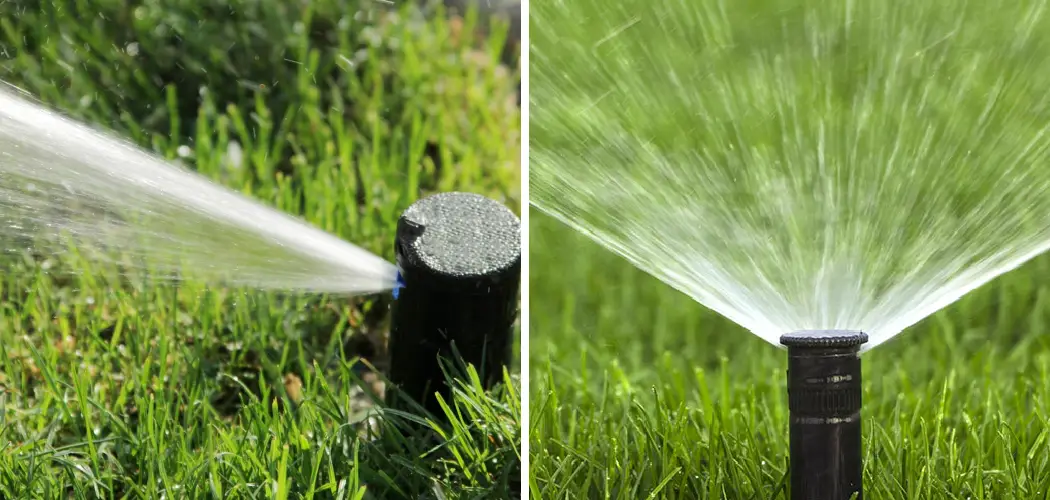Are you looking for an easier way to locate your sprinkler lines without digging up your entire yard? If so, then you’ve come to the right place. Searching for underground sprinklers can be a daunting task that requires tedious and time-consuming excavation.
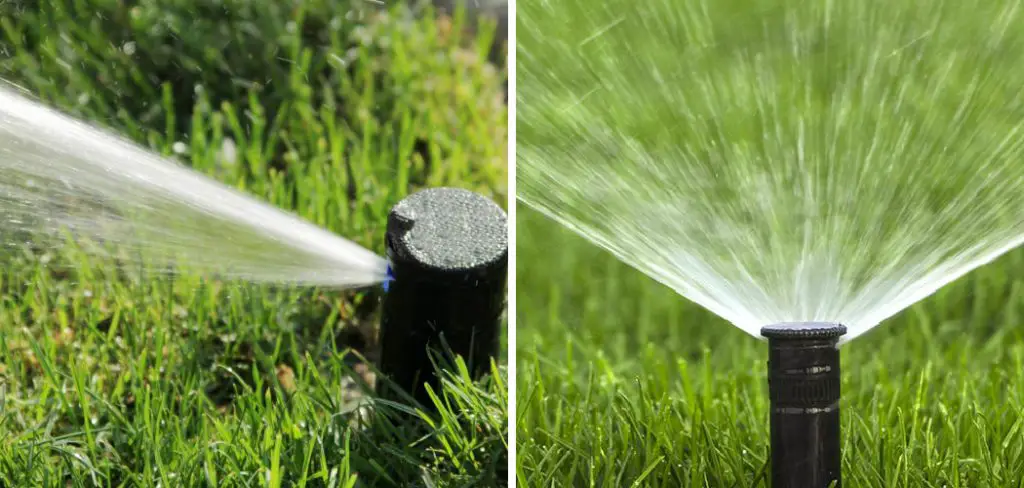
However, with the help of modern technology and advanced techniques, finding these buried pipes doesn’t have to involve any digging – at least not in most scenarios. In this blog post, we’ll explore ways to pinpoint those tricky hose lines within minutes of searching instead of hours or days spent shoveling! Read on if you want to learn how to find sprinkler lines without digging.
Is It Difficult to Find Sprinkler Lines Without Digging?
Finding sprinkler lines without digging is not difficult if you have the right tools and know-how. There are several methods that can be used to identify where your sprinkler pipes are buried. You just need to know the right techniques and be a bit patient in order to have success.
What Causes Damage to the Sprinkler Lines?
1. Extreme Temperature
Sprinkler lines can be damaged by a variety of factors, such as extreme temperatures. If you have any doubts about the condition of your sprinkler lines, it’s best to call in an expert to assess the situation before attempting any repairs or replacements.
2. Tree Roots
Tree roots can also cause damage to sprinkler lines. As the root system expands, it can put extra pressure on the pipes and eventually cause them to break or leak. It’s important to make sure that any trees planted near your sprinkler lines are well-maintained in order to prevent potential damage.
3. Age of the System
The age of your sprinkler system can also affect its integrity. If you’ve had it for a while, chances are that some of the pipes may have deteriorated over time and need to be replaced or repaired.
Required Items to Locate Sprinkler Lines Without Digging
Now that you know what can cause damage to sprinkler lines, it’s important to figure out which tools and items you will need in order to locate them without digging. Here are a few items that you should have on hand:
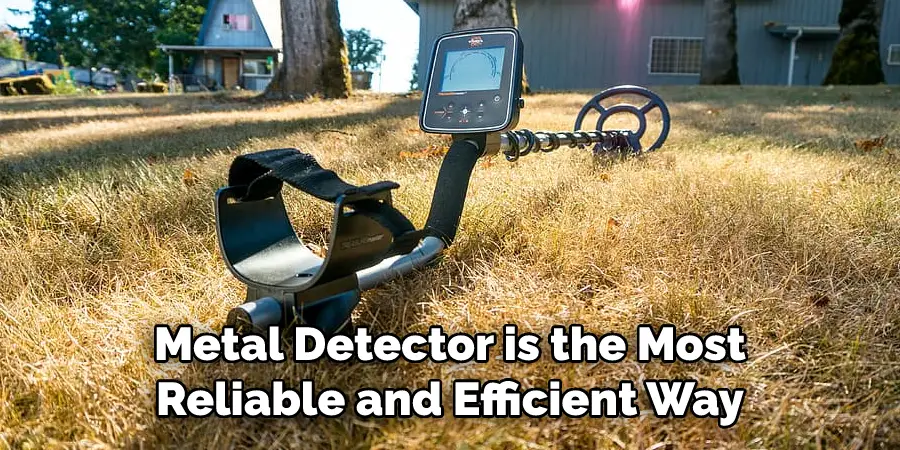
- Metal detector- A metal detector is the most reliable and efficient way to detect underground pipes, wires, or other metallic objects.
- Ground penetrating radar- This tool uses electromagnetic radiation to map out an area up to 10 feet deep. It can help you accurately identify the location of your sprinkler lines without having to dig them up.
- Sprinkler line tracer- This tool is designed to detect and trace the route of underground sprinkler lines.
10 Ways on How to Find Sprinkler Lines Without Digging?
1. Visual Inspection
The first and easiest way to locate sprinkler lines is to do a visual inspection of your lawn or garden area. Look for any visible lines running through the soil, as well as any valves or sprinkler heads that are above ground.
2. Metal Detectors
Metal detectors can be used to identify metal pipes and wires beneath the surface of the soil. This can be a very helpful tool if you’re looking for pipes that are deeply buried.
3. Check for Signs of Leaks
Inspect your lawn for any signs of water leakage, such as wet patches or mud stains on the grass. These clues can help you pinpoint where the broken pipes are located.
4. Use a Pipe Locator
Pipe locators are specialized devices designed to detect metal objects underground, including sprinkler lines and other buried pipes. These tools emit an electromagnetic signal that can be used to trace the exact location of the pipes.
5. Check for Changes in the Pressure
If your sprinkler system is experiencing pressure or flow rate changes, this could be a sign of a blocked pipe or leak. Make a note of any changes in order to pinpoint where the problem may be located.
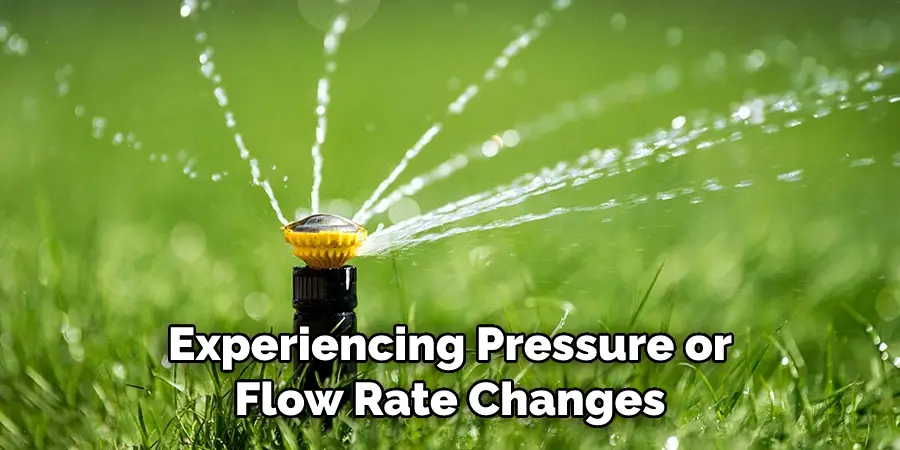
6. Listen for Leaks
Another way to find hidden pipes is by carefully listening to any sounds of leaking water. If you hear a quiet hissing sound coming from your lawn, this could be an indication that there is a broken pipe beneath the ground.
7. Use Ground Penetrating Radar
Ground penetrating radar (GPR) is an advanced tool used to find underground objects such as sprinkler lines, without digging. GPR emits high-frequency waves that can penetrate through the soil and locate buried objects with remarkable accuracy.
8. Use Fiber Optic Technology
Fiber optic technology utilizes light-carrying fibers to detect objects beneath the ground. This method is especially useful for finding buried pipes that are shallowly buried or located close to water lines.
9. Look for Signs of Disturbance
If you’re unable to locate your sprinkler lines with any of the above methods, take a closer look at the area by checking for any signs of disturbance, such as raised soil or small mounds. This could indicate that there are buried pipes beneath the surface.
10. Call in an Expert
If all else fails, it’s always a good idea to call in an expert who can use specialized equipment and techniques to pinpoint the exact location of your sprinkler lines. This is often the most reliable way to identify and repair any damage that may have been caused by them.
Finding sprinkler lines without digging can be a tricky process, but it’s not impossible. By utilizing any of the above methods, you should be able to locate and repair any damage more easily and efficiently. With a little bit of effort, you can get your sprinkler system back up and running in no time at all!
8 Safety Measures to Follow
1. Wear protective clothing such as gloves and long sleeves when inspecting a potential sprinkler line location. Protective wear will help protect you from any sharp objects that may be present in the soil.

2. Have a helper available when looking for sprinkler lines to avoid injury or damage to property due to improper handling of tools and equipment. The helper can also be a helpful resource in watching for any signs of water or piping in the area.
3. Determine if there are any visible telltale signs that sprinkler lines may be present, such as bent grass blades, soft spots in the ground, or pools of accumulated water. The presence of these signs could indicate that a sprinkler line is in the area.
4. Place markers around the suspected location to help identify any specific areas or circles where underground sprinkler lines may be present. While marking the area may not be necessary, it can help you to narrow down your search.
5. Use a metal detector to detect any metallic objects in the soil that could indicate a presence of a sprinkler line underground. If a metal object is found and it appears to be connected with other materials, such as plastic, this could be proof of an underground sprinkler line.
6. Use a shovel to gently dig at the suspected location if necessary, being careful not to damage any potential sprinkler lines in the process. If you come across a pipe or other materials that could be part of a sprinkler system, stop digging immediately and contact a professional for further help.
7. Consult with an experienced professional to make sure that you have located the sprinkler line properly and that there are no other lines or components in the area.
8. Exercise extreme caution when working with any type of water lines and follow all safety guidelines for proper handling and repair. Sprinkler lines should always be handled by professionals to ensure that they are not damaged or broken in any way.
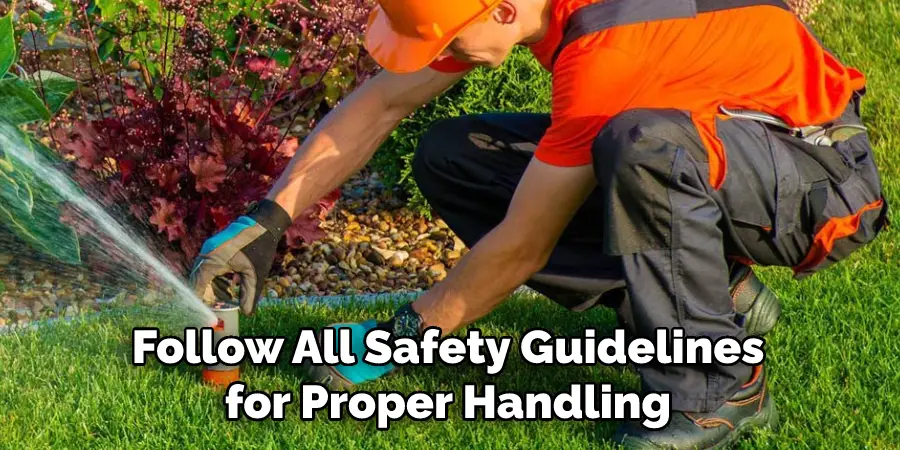
Following these safety measures will help to ensure that you find sprinkler lines without digging and stay safe in the process. By taking all of the necessary precautions, you can feel confident that your search for sprinkler lines will be successful and safe.
Frequently Asked Questions
How Long Will It Take to Finish the Project?
The time it takes to complete the project depends on a variety of factors, including the size and complexity of your landscape. Generally speaking, you can expect to spend anywhere from a few hours to multiple days locating sprinkler lines without digging.
Will This Process Damage My Lawn?
The process of finding sprinkler lines without digging should not damage your lawn in any way; however, it’s always best to use caution when operating specialty equipment. Taking steps such as avoiding the roots of trees or shrubs can help prevent unnecessary damage.
Conclusion
Finding a broken sprinkler line can be tricky, especially if you don’t know exactly where to look. The best way to find these lines quickly is through the use of an electronic pipe locator and other non-invasive tools. Furthermore, once the source of the problem has been found, it’s important to take the appropriate steps to make sure that the repairs are done properly and efficiently.
By following these simple steps on how to find sprinkler lines without digging, you can ensure that your lawn will stay healthy and well-irrigated for years to come. Even though digging up your lawn can seem like a daunting prospect, being proactive about finding frozen or broken sprinkler lines will save time and money in the long run.
Plus, there’s no replacing that feeling of happiness when you stand back and appreciate all of your hard work on a freshly irrigated patch of grass!

